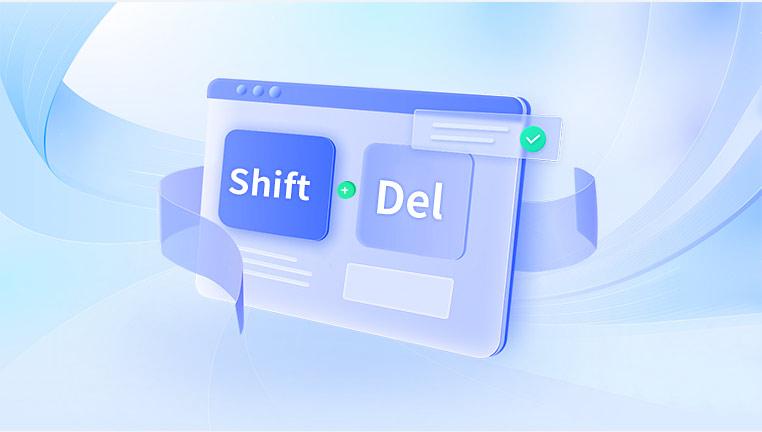When you encounter the issue of the C: drive being greyed out and not extendable in Windows Server 2022. it can be quite frustrating. The ability to extend a volume is essential for managing disk space, especially as data needs grow.
In Windows Server 2022. extending the C: drive or any other partition might be restricted by several factors. Typically, the “Extend Volume” option in Disk Management can be greyed out due to:

Lack of Unallocated Space: The most common reason is that there is no unallocated space adjacent to the volume you want to extend.
File System Limitations: The file system or the type of partition might restrict extending the volume.
Partition Type: The C: drive might be part of a system or boot partition, which can complicate the extension process.
Dynamic Disks vs. Basic Disks: If the disk is dynamic, extending volumes might have different requirements compared to basic disks.
Detailed Steps to Resolve the Issue
1. Check for Unallocated Space
To extend a volume, there must be unallocated space immediately following the volume you wish to extend. Here’s how to check:
Open Disk Management:
Right-click on the Start button and select “Disk Management”.
Look for unallocated space on the disk.
Move or Delete Partitions:
If there is no unallocated space next to the C: drive, you may need to move or delete partitions to create space.
To move partitions, use third-party partition management tools (like EaseUS Partition Master or AOMEI Partition Assistant), as Disk Management does not support this function.
2. Using Disk Management to Extend Volume
If there is unallocated space next to the C: drive:
Extend Volume:
In Disk Management, right-click on the C: drive.
Select “Extend Volume”.
Follow the prompts to add the unallocated space to the C: drive.
3. Use Diskpart for Advanced Operations
If Disk Management is not working or is greyed out, you might use Diskpart, a command-line utility:
Open Command Prompt as Administrator:
Search for “cmd” in the Start menu.
Right-click on “Command Prompt” and select “Run as administrator”.
Run Diskpart:
Type diskpart and press Enter.
Type list disk and press Enter to see a list of disks.
Identify the disk containing your C: drive and type select disk X (replace X with the disk number).
Type list volume to see all volumes on the disk.
Identify the volume you want to extend and type select volume Y (replace Y with the volume number).
Type extend to extend the volume into available unallocated space.
4. Check Partition Types
Ensure that the C: drive is a primary partition, as extending logical partitions can be more complex. To check this:
View Partition Types:
In Disk Management, verify if the C: drive is a primary partition.
5. Third-Party Tools
If Windows tools are not effective, third-party partition managers might help:
Examples:
EaseUS Partition Master
AOMEI Partition Assistant
MiniTool Partition Wizard
These tools often offer more flexibility and additional features for managing partitions.
6. Considerations for System/Boot Partitions
If the C: drive is a system or boot partition, there might be additional considerations:
Backup Your Data: Before making changes to system partitions, ensure that you have a recent backup of your data.
Bootable Media: In some cases, using bootable media with partition management tools might be necessary to make changes to system partitions.
Extending the C: drive in Windows Server 2022 involves several steps and considerations. The primary issues usually relate to the availability of unallocated space and the type of partitions involved. By using Disk Management, Diskpart, or third-party tools, you can typically resolve these issues. Always ensure that you have backups before making significant changes to disk partitions.




